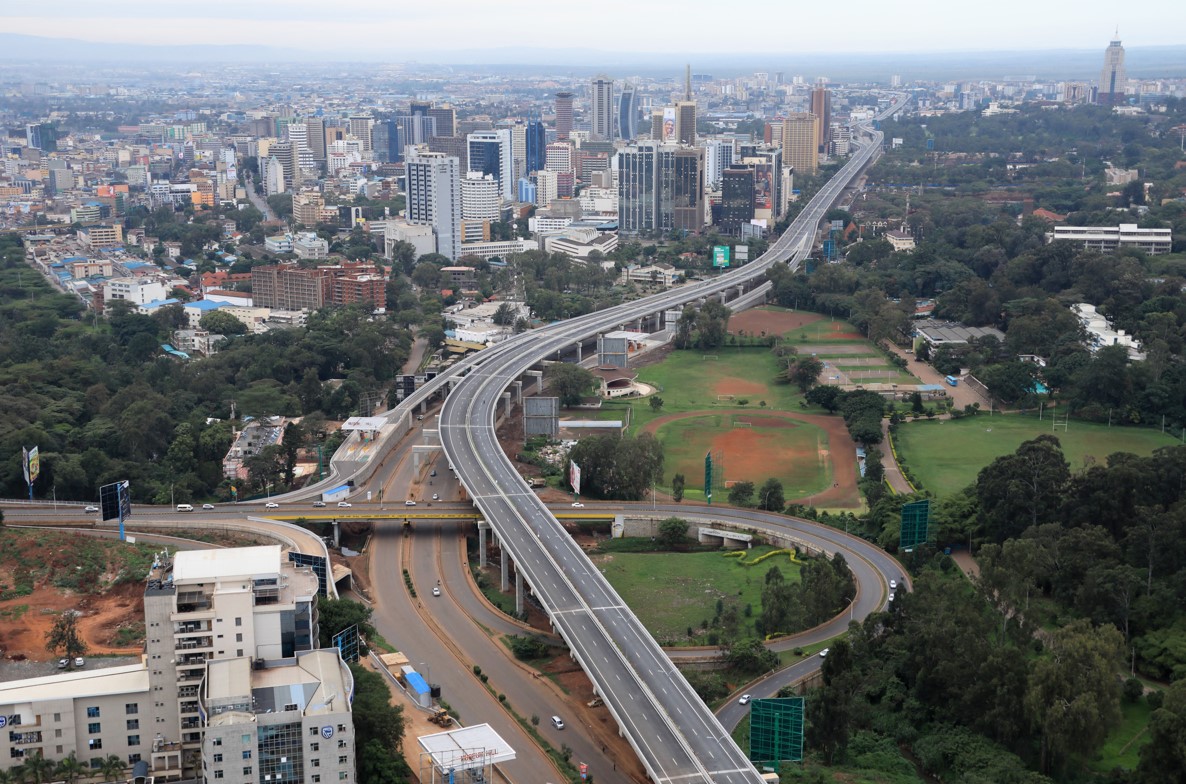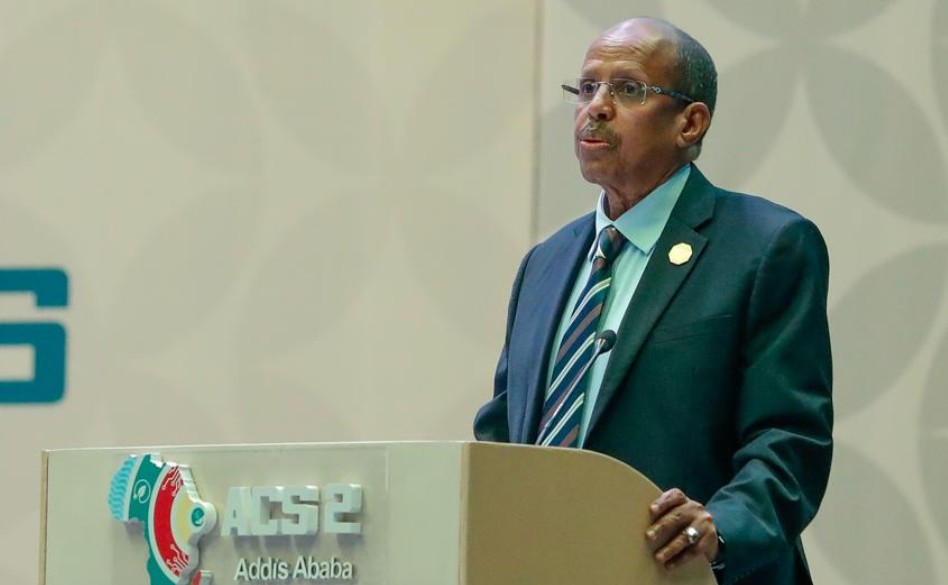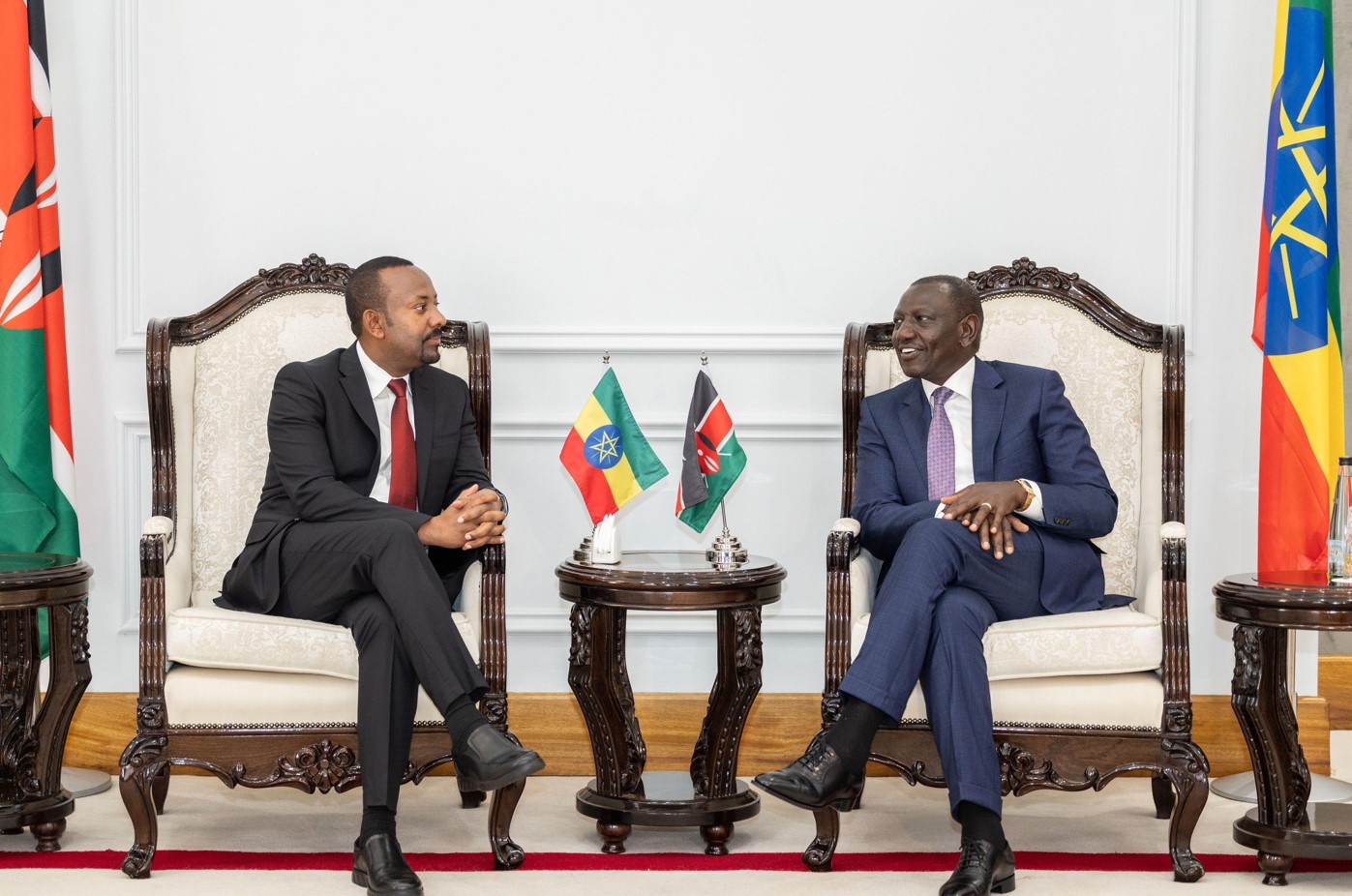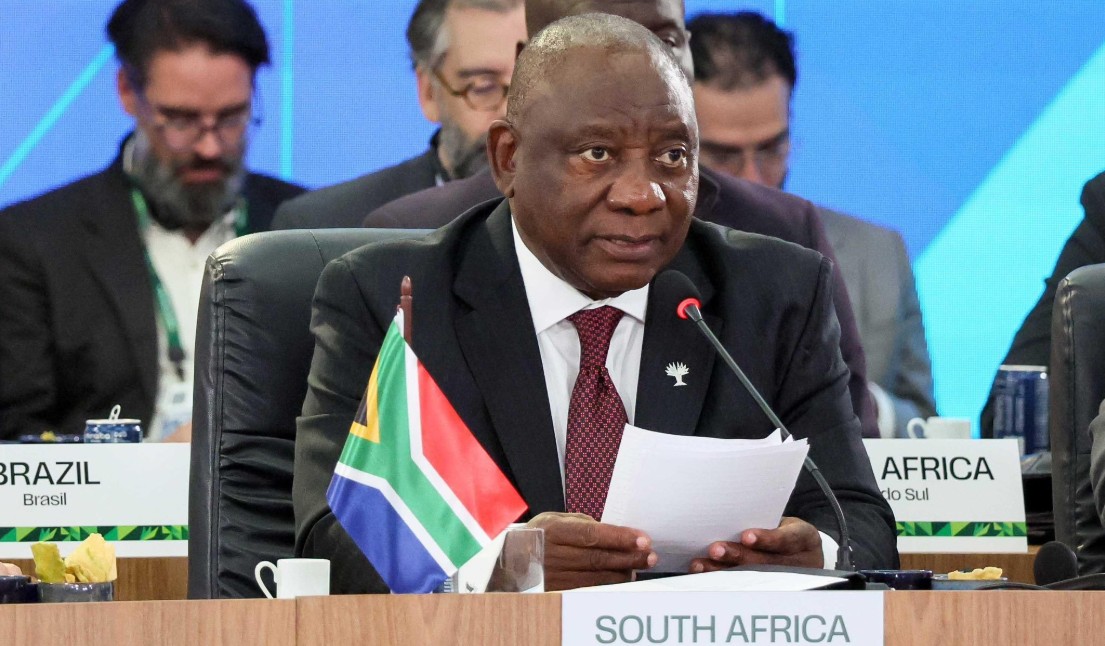Kenya’s GDP to grow 5 per cent in 2025, driven by agriculture and fintech, says AfDB

The lender credits the upgrade to robust growth in agriculture and vital service sectors, particularly fintech and mobile money.
Kenya's economy will grow at a pace of 5.0 per cent this year, a much faster pace compared to last year when it expanded at 4.6 per cent.
The latest economic outlook by the regional lender, the African Development Bank (AfDB), says the projection signals renewed confidence in the country’s economic resilience despite persistent global and domestic challenges.
More To Read
- Kenya’s banking sector at a crossroads: Economist analyses new capital rules and licensing shift
- Kenya's inflation climbs to 4.1 per cent amid fluctuating food prices, fuel costs
- Kenya’s economy stable under Ruto, says Treasury CS Mbadi in response to Gachagua's claims
- Ruto defends economic reforms, vows to push ahead with affordable housing, cost of living agenda
- KIPPRA flags job creation as key concern despite Kenya’s economic growth
- Bleak outlook as CBK reveals one in three firms won’t hire in 2025
The lender credits the upgrade to robust growth in agriculture and vital service sectors, particularly fintech and mobile money.
It adds that upside risks to the growth outlook are good weather for agriculture and improved macroeconomic conditions, such as lower lending rates and oil prices.
However, the report paints a more cautious picture for 2026, projecting a slight dip in growth to 4.8 per cent.
The downgrade points towards mounting vulnerabilities facing the economy as well as other African countries, amid a turbulent global landscape and enduring internal pressures.
Global uncertainty
“Deepening geopolitical fragmentation, regional conflicts, and rising global uncertainty spurred by emerging trade policies in several countries cloud the outlook for the short and medium terms,” the lender says.
It adds that persistent inflation, currency depreciation, and soaring debt service obligations continue to weigh heavily on the country’s fiscal space.
The 2025 African Economic Outlook report also reveals the growth potential of neighbouring East African countries.
Several nations in the region have received upward revisions in their GDP forecasts for 2025, indicating areas of resilience amid wider global uncertainties.
Tanzania’s economy is projected to grow at 5.9 per cent in 2025, up from 5.6 per cent in 2024.
South Sudan, which faced a deep contraction in 2024 at (-27.6) per cent, is expected to rebound to 4.0 per cent.
Similarly, Sudan’s economy is forecast to shrink less severely, with a revised projection of (-0.6) per cent in 2025 compared to a steep (-12.8) per cent in 2024.
Revised downward
On the other hand, some countries have seen their growth projections for the year revised downward.
Uganda’s outlook has been trimmed marginally from 6.3 per cent in 2024 to 6.2 per cent this year.
Somalia’s growth is expected to ease to 3.9 from 4.0 per cent in 2024, while Rwanda, which has been among the region’s fastest-growing economies, is now projected to grow at 7.8 per cent in 2025, down from 8.9 per cent in the previous year.
Generally, the East African region, long established as Africa’s fastest growing region, which grew by 4.3 per cent last year, is poised to expand further to 5.9 per cent in 2025 and 2026.
For the entire continent, the economic performance improved in 2024, but the lender says growth remains fragile amidst multiple shocks and rising global uncertainty.
Average GDP growth picked up marginally from 3.0 per cent in 2023 to 3.3 per cent in 2024, buoyed by strong government spending and private consumption.
The region’s growth is now projected to accelerate to 3.9 per cent in 2025 and firm up to 4.0 per cent in 2026.
However, the projections for 2025–26 reflect 0.2 and 0.4 percentage points downgrades from the 4.1 and 4.4 per cent estimated in February this year.
This is due to the expected impacts of increased trade tariffs announced by the United States and the associated uncertainties.
Top Stories Today











































